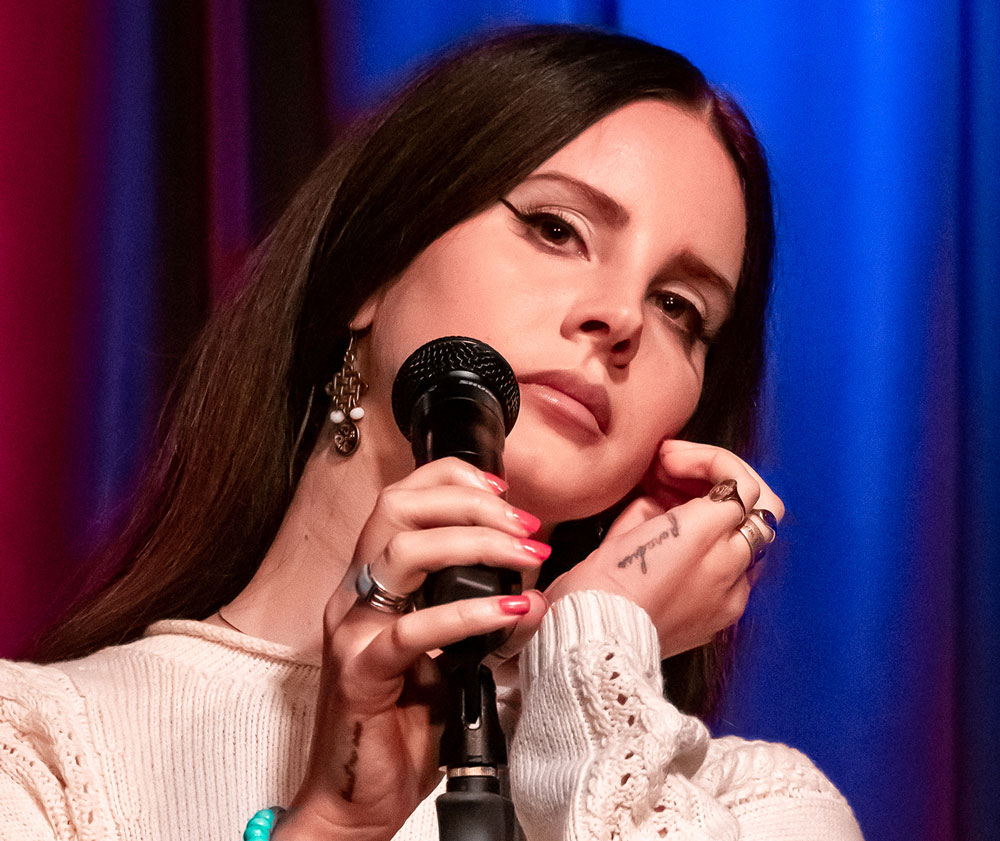We say often that social media is an internet revolution. This is true but what we do not hear much is that the revolution lasts until “monetizing” becomes a need. So the revolution is finally just a Media evolution.
Social Media key figures
2013 was a great year for Social Media. Figures are just at the planet scale. Probably if there were people living on the moon or on Mars, they would be on Facebook or Twitter too. Here are the main stats for social media in 2013. Big figures.
Facebook, the new Big Blue
Facebook got over new limits. With more than 1.15 billion users, it is the biggest social media of all. Here are some key facts.
![]()
750 million users access Facebook via mobile and for that they have more than 7’000 different devices.
There are more than 10 million apps now in Facebook, more than half are not mobile visible. If you wonder why your app did not work that great… Well, now you know.
23% of all Facebook users check their account more than 5 times a day. 5% of them, check their account at least every hour.
350 million photos are uploaded every day.
75% of all engagement in a post happens within the first 5 hours. So you better be fast, precise in terms of what time to post and if you are a company you will need to push visibility with Paid media.
74% of all Marketers around this world believe that Facebook will help them to reach the new lead generation.
And last thing, so that you stop believing that Santa Claus exists: 80% of all company’s pages new fans comes from Advertising. In average 90% of all engagement in a post published by a company on its page also comes from advertising. Just for the record.
Twitter, the famous angry bird of all?
Twitter has more than 500 million users now. The bad news is that only 50% of them are what we call “Active users”. So when 5 years ago you created your account just for fun, or to see how it is, or ti look cool in the office… Well, it does not count if you did not used the account since then. Some experts say that inactive users + fake users might be even 65% of all users. In deed several companies can provide you between 5’000 to 100’000 new followers for very low prices. Just a couple of dollars. It is known that politicians or some pop stars buy fake followers just to reach a certain digital reputation. So Twitter looks impressive but might be the biggest disappointing of all. Nevertheless, here is what we know about 2013.
28% of all retweets happened because on the message it said “please RT”.
400 million tweets are sent every day in average. 60% of these came from a mobile device.
208 is the average number of tweets per account.
![]()
And by reaching so many traffic with exponential increasing content hosted, Twitter got of course into the monetizing phase in which you can see now “sponsored tweets” that actually should be called simply advertising. Twitter has been testing this for a while and hoping that users will not run away.
Google+, do not under-estimate it
Enough of laughing about Google+. All the jokes like:” if you do not want anyone to see your message, publish it on Google+” or “if you have a Google+ page this means you are a Google employee.”… Are not relevant anymore.
With more than 500 million users around the world, Google+ found its audience. 67% of all users are male.
80% of users connect to their Google+ page at least once a week and 60% connects every day.
![]()
The +1 button is used more than 5 billion times a day!!!
70% of marketers use Google+ bit there are a big majority of them who would like to know more about it and also to increase their activities. Of course this is also due to the fact that a published post on Google+ Can be visible on search, gmail and youtube. Google owns a true digital ecosystem and this is what attracts marketers.
Youtube, broadcast yourself and let’s make money with it
Youtube was a brilliant idea. And still is. The fact that any person with a computer or mobile device can be a potential content creator and broadcaster is brilliant. 2013 was a brilliant year for Youtube. With more than 1 billion unique user visits each month, it is the biggest video platform of all. 100 hours are uploaded every minute for a total of 6 billion hours of video watched every month. 80% of Youtube traffic comes outside the US. According to Nielsen, Youtube drives more traffic than any cable TV in the US. Thanks to the Youtube partner program, more than 1 million youtubers earn money with their videos. Thousands of channels run on a 6 digit annually.
Since the purchase by Google, youtube and the SEM platform are now fully integrated and more than one million advertisers use Google platform to serve their marketing messages in more than 30 countries around the world.
Instagram, an image speaks for itself
Instagram has reach the honorable figure of 130 million users. It is all picture based, so up to now they have more than 16 billion photos uploaded since its launch in 2010.
In average, each account has 40 pictures. Of course some
Of them have thousands. Some accounts are world champions in terms of followers. Kim Kardashian has 12 million followers, Rihanna has 11 million and Miley Cyrus has only 9.3 million. This is what happens every second in Instagram: 8’000 users like one picture and Instagram gets 1000 comments. And every day, 5 million photos are uploaded.
![]()
When Instagram launched the video mode, 5 million videos were uploaded within the 24 hours after the launch. Good luck with the servers. And that’s actually today’s Instagram worries. With such an increase of content, now they need to find their way to monetize their network. “Cool attitude” is not enough to pay the bills. So we will see more and more Paid advertising on Instagram. They are already beta testing their advertising tool with some brands like Burberry and Adidas. Users will see the mention “sponsored” on the top right corner of the picture. Apparently each user will be able to mask the ad and give feedback about the relevancy.
Pinterest, ladies first
Pinterest is a one in a kind social network. At least in one single point: 69% of its users are women. At the launch this figure was even higher, around 80%. Wedding boards, mood boards, interior decoration inspiration… It was a woman’s world.
![]()
Since Brands started pining images around and creating boards, things started changing. Especially when brands realized that each image
could be potentially and efficiently linked to their websites. Pinterest turned to be one of the biggest referral for every website. Definitely in the top 10.
With more than 1.3 millions unique visits every day, Pinterest has developed an interesting communication plan to inform their users about the “Promotional pins”. A part the little mention in the bottom of the pin that says “Promotional pin”, nothing really change compared to a regular pin. These ads will display on the user newsfeed and in search category. So probably you will not even notice them. So Pinterest says that this will be beneficial to the “piner” as they will be able to discover content that should interest them. Therefore the experience is amplified.
Monetizing is the death of Social media
Probably we would all dream to have a social media network hosted or hold by a NGO or other philanthropic organization. Why? Because this means that we would always be considered as a user and not a customer. That our data would be kept secret and preserved rather than being plugged into a “Market place”. What can we say?
![]()
Companies that rum social networks has only one goal: make money out of it. And despite the fact most of the starting stories of these social network creation are cool enough to tell, when it gets big… Money talk starts. It is what we call monetizing the site or the network.
The end of Organic results
What happens when a social network needs to monetize its platform? This means that the social network is pretty successful, that servers costs are big and that the co californian philosophy needs to transform into a capitalist business.
How? First, the social network needs to provide to companies and brands a tool to express themselves. Companies can get a corporate account or page. Most of the time these companies publish content in order to attract the social network users attention. Once companies see their interest of being in such platforms, the social network can provide to the companies specific tools allowing a better targeting of the messages.
In theory, this is also valuable for the social network user. Meaning that by allowing companies to target their
Messages based on interests and a dedicated audience, means that you should only see advertising messages with some sort of coherence to your person. But there is something that generated a different behavior: the power of reach.. Social media companies discovered that visibility is everything. So why should these networks allow companies to get free visibility if they would be ok to pay for it? Thats how S.M.M. was born: Social Media Marketing. Social networks like Facebook are continuously reviewing the algorithm that sets the network relationships. 5 years ago, if a company would communicate to its own fans, around 25 to 30% of them would see the message.
![]()
Today? Only 5% might see it. So you have no choice, you need to pay to get your message to more people. And you can even go beyond your own fans as you can target “people not connected to your page”.
That’s why we get all these messages from people and brands we do not know or we did not ask for.
> Facebook sponsored links, posts and fans.
> Twitter sponsored tweets
> Instagram sponsored posts
Etc…
Everyday marketers buy visibility to all these social networks. Facebook for example collected in 2013 2.59 Billion$ of revenue in Advertising. 50% of it came from mobile advertising.
Twitter indicated earnings of 247 million$ 70% came from mobile advertising.
Now we see Instagram beta testing their sponsored posts with selected brands like Burberry in order to monetize their network.
What now? Where is the free zone?
“Sign up for a Facebook account. It is free and it always be” Well, we do not really pay with money, but more with our private lives available for any company to tailor-made an appropriate advertising. So the more you say something about yourself, the more advertisers can create new ads. So what happens if there is no data?
No Data, no problem?
There is a new trend that says that if there is no data stocked, there is no problem. Users can keep their hyper-communication lifestyle without worrying for their private life and social networks do not need millions of terabytes to stock all the content user-generated.
Everyday hundreds of new social networks are created and as much of existing ones disappear. Nevertheless, some of them keep growing and even reach a decent level. In our case here, we definitely talk about Snapchat and Whisper.
![]()
The first one Snapchat was launched in 2011 by 2 Stanford students,
The idea is around a mobile app. With this app people can send texts, images and videos to a selected list of recipients. The sender can choose how long the content published can be viewed by others. These content are called snaps. The time lapse goes from 1 to 10 seconds. After that the content is not available anymore in the recipient devices and erased from the Snapchat servers. 80% of snapchat
Users are in the USA and between 13 to 23 years old. By end of 2013, Snapchat had more than
25 images every second sent between users. Most of these images are selfies.
The second app is Whisper. Whisper has a kind of romantic feeling.
![]()
Anyone can post an anonymous message to the service in the form of an image macro: text overlaid on a picture. When you open the app, you see six such images. Each one has a “secret” on it. You can respond to a message publicly or privately, choosing a public anonymous post or a private pseudonymous chat. Users don’t have a public identity in the app. While they do have persistent handles, there’s no way to contact them except “through” the messages they post.
The future of social media is going to reshape many things. Big social networks might start producing their own content and broadcast media with advertising support. Smaller social networks will disappear and instead, people will use apps. The aim is not anymore to be part of a “club” or network. The goal is to be able to share anything to anyone. So instead of stocking data into servers, this data will be stocked in every user device. Basically it is almost a u-turn back to MMS.
What is surprising is the fact that specific networks, per theme or topic, were never successful. People are happy to be part of a bigger thing rather than being member of a small network. Anyone could start its own network and have only their families and/or friends there. No ads, no privacy issues. And still, people subscribe to the main social networks.
Advertising is a tricky business when it is applied to social media. Networks need money to work and people feel spammed every day more and more.
Clever advertisers will play more and more in a clever way. The future for Brands in this new (social) media landscape will be more in the Branding awareness rather on the product level. People are happy to experience amazing Brand universes. They just need to be amazing. But this is another topic.
LA
Info sourced at Wikipedia, Socialmedia Today, The Guardian, Youtube statistics, Mashable, Nielsen reports. All content is copyrighted with no reproduction rights available.



